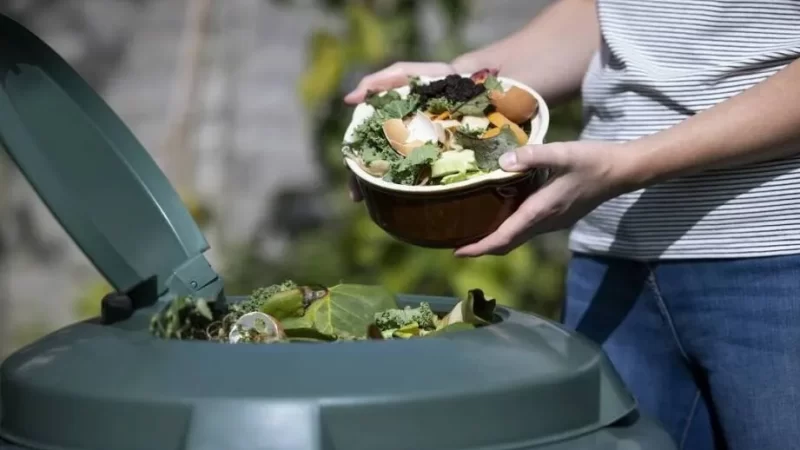As we embrace the dynamic world of gardening in 2024, we are witnessing a remarkable fusion of resilience and creativity. Gardeners are adapting to the challenges posed by climate change and embracing innovative techniques to enhance their gardens’ beauty and sustainability. This comprehensive guide delves into the latest trends and practical methods to revolutionize your gardening experience.
1. Edimentals: The Dual-Purpose Garden Wonders
Edimentals, a delightful blend of edible and ornamental plants, offer a multifunctional approach to gardening. These plants, ranging from perennials to trees, provide aesthetic value while serving as a source of food.
Why Choose Edimentals?
- Low Maintenance: They require less care than traditional vegetables and bear fruit throughout the year.
- Durability: Their deeper roots make them resilient to drought and pests.
- Children’s Engagement: They encourage young ones to explore and appreciate nature.
Popular Edimentals:
- Flowers and Tubers: Dahlias, daylilies, anchusa, chicory
- Fruits: Currants, gooseberries, elderberries
- Vegetables: Asparagus, fennel
- Annuals: Rainbow chard, kale, nasturtiums
2. The Evolution of Planting: Embracing the New Perennial Movement
Originating in the Netherlands, this movement promotes a naturalistic planting style, focusing on native plants and creating symbiotic plant communities.
Advantages of This Style:
- Reduced Maintenance: Embraces a more organic and less manicured approach.
- Environmental Benefits: Supports soil health, wildlife, and pollinators.
- Artistic Freedom: Allows for creative combinations of native and non-native plants.
3. Eco-Friendly Innovations: Rain Gardens
Rain gardens effectively manage rainwater, minimizing runoff and pollution. They utilize plants that can withstand varying water conditions, like native grasses and sedges.
Benefits of Rain Gardens:
- Water Conservation: Captures and reuses rainwater.
- Pollution Reduction: Filters pollutants from roof and driveway runoff.
4. The New Perspective: Valuing Garden Insects
Changing attitudes towards garden insects, from pests to essential ecosystem components, is vital. Organic pest control and the promotion of beneficial insects are becoming mainstream practices.
Organic Pest Control Methods:
- Natural Remedies: Techniques to control aphids, spider mites, and whiteflies.
- Beneficial Insects: Utilizing natural predators for pest control.
5. Climate-Responsive Gardening: Techniques and Tips
Adapting to the changing climate involves selecting drought-tolerant plants, modifying watering schedules, and being prepared for extreme weather events.
Strategies for Climate-Responsive Gardening:
- Plant Selection: Focusing on native, heat, and cold-tolerant species.
- Water Management: Adjusting to shifting rainfall patterns.
- Seasonal Adjustments: Tracking and responding to changes in growing seasons.
6. Redefining Outdoor Spaces: Beyond Conventional Gardening
Gardens are evolving into multifunctional spaces, catering to various activities like meditation, exercise, and family bonding.
Innovative Garden Spaces:
- Educational Areas: Spaces for children’s learning and exploration.
- Relaxation Zones: Quiet nooks for meditation and yoga.
- Productive Plots: Small vineyards or vegetable patches.
7. The Rise of Gravel Gardens: A Sustainable Choice
Gravel gardens offer a low-maintenance, drought-resistant gardening option. They are characterized by a layer of gravel with strategically placed plants.
Advantages of Gravel Gardens:
- Weed Prevention: Gravel acts as a natural barrier against weeds.
- Reduced Water Usage: Suitable for arid climates and water conservation.
- Minimal Upkeep: Requires less maintenance than traditional gardens.
8. Creative Preservation of Garden Beauty
Techniques like pressing and drying flowers allow gardeners to preserve their garden’s beauty and create lasting art pieces.
Preservation Techniques:
- Pressed Flowers: For creating artworks and memorabilia.
- Dried Flowers: For decorations and crafts.
9. Stumpery Gardens: A Blend of History and Biodiversity
Stumperies, featuring tree stumps and logs, offer a unique way to display shade-loving plants and create habitats for wildlife.
Creating a Stumpery Garden:
- Selecting Wood Elements: Using stumps and logs as focal points.
- Plant Choices: Incorporating shade-loving species like ferns and hostas.
10. Enriching Gardening Knowledge: Virtual Learning in 2024
The rise of online gardening education offers limitless opportunities for gardeners to enhance their skills and knowledge.
Virtual Learning Resources:
- Webinars and Masterclasses: With gardening experts from around the globe.
- Online Communities: For sharing experiences and advice.
Conclusion
The gardening landscape of 2024 is a testament to our adaptability and ingenuity. By embracing these advanced trends and techniques, we can create gardens that are not only visually stunning but also sustainable and resilient. Happy gardening!





